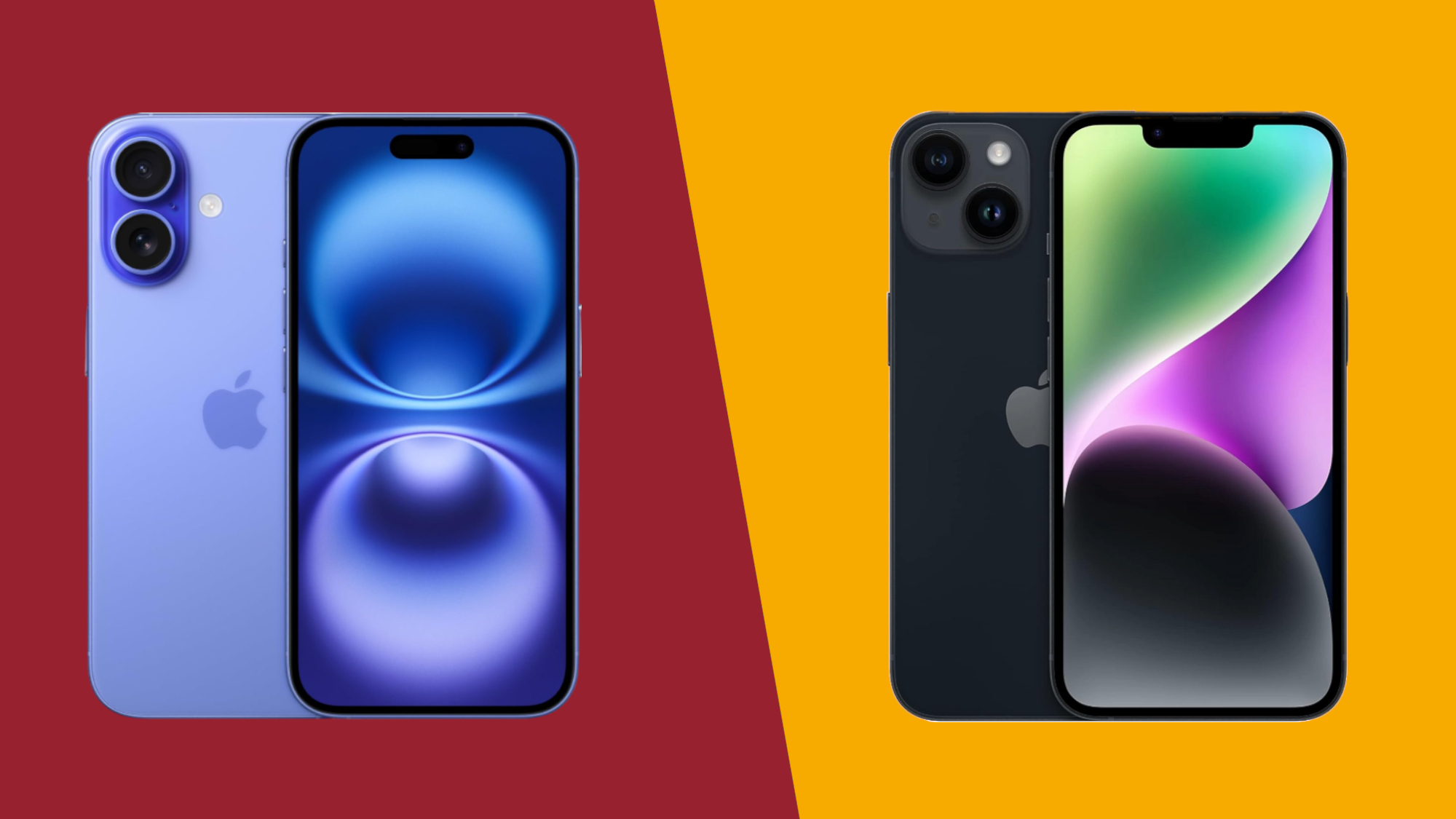
The iPhone 16 is a great all-round handset with high-end performance, a Dynamic Island, and useful additions like the Camera Control button and the Action button. It will also work with Apple Intelligence.
For
- Camera Control functionality
- Incredible performance
- Dynamic Island
Against
- Screen is still only 60Hz
- More expensive
The iPhone 14 can almost match the iPhone 16's screen, and it's still capably powerful and has decent cameras, but in almost all ways it's at least slightly worse than the iPhone 16, aside from costing less.
For
- Lower price
- Still reasonably powerful
- Decent screen
Against
- No AI
- Stuck with a notch
With many phone contracts being two years long, there’s a good chance you’re due an upgrade if you currently have an iPhone 14, and the obvious upgrade choice would be the iPhone 16.
But has enough been improved in these two years to make such a move worthwhile? Or are you better off waiting longer, or choosing a different model like the iPhone 16 Pro or the iPhone 16 Pro Max?
To help you answer that, you’ll find a detailed comparison of the iPhone 14 and the iPhone 16 below. And for even more insights, head to our full iPhone 14 review and full iPhone 16 review.
iPhone 16 vs iPhone 14: specs comparison
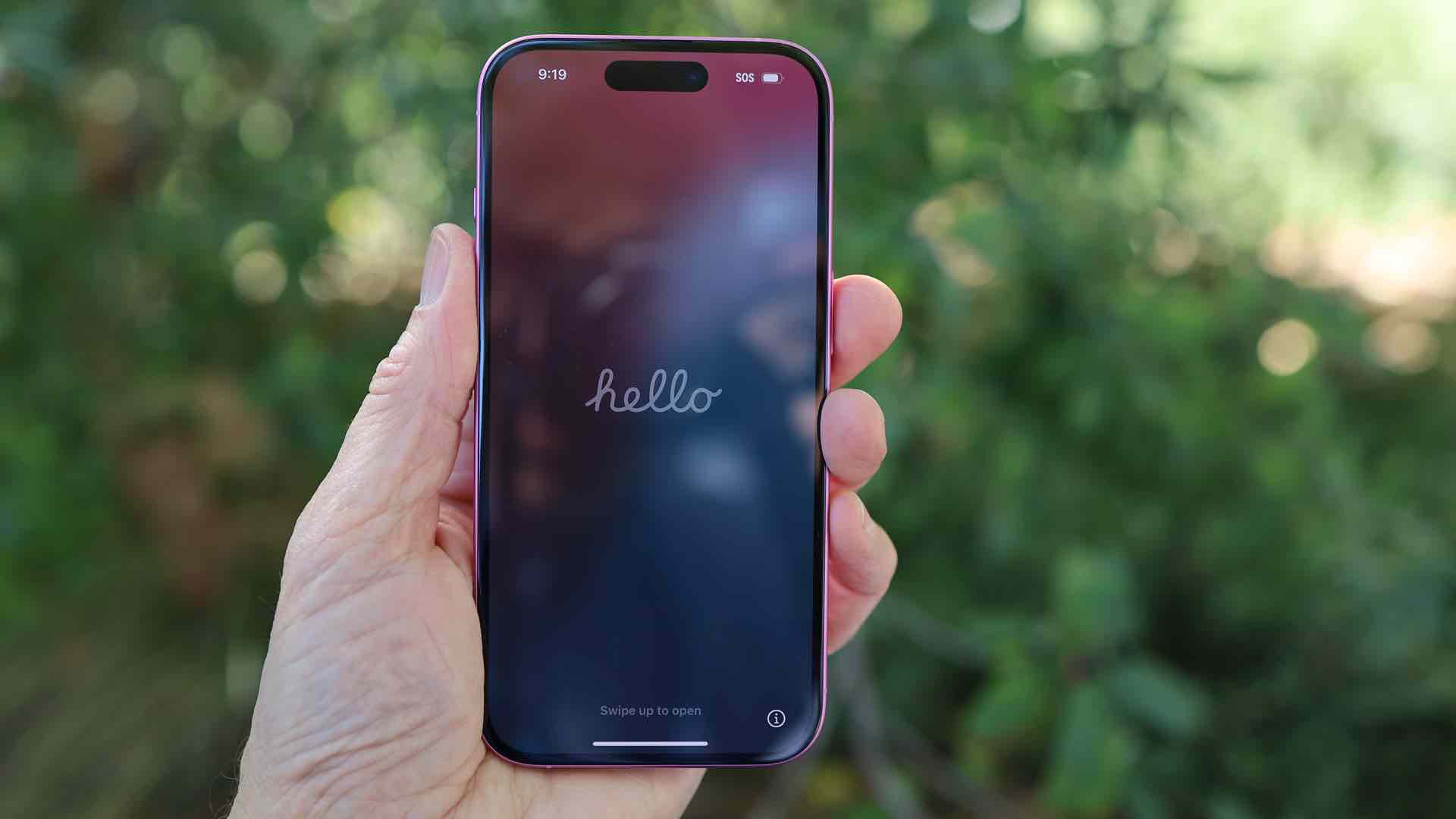
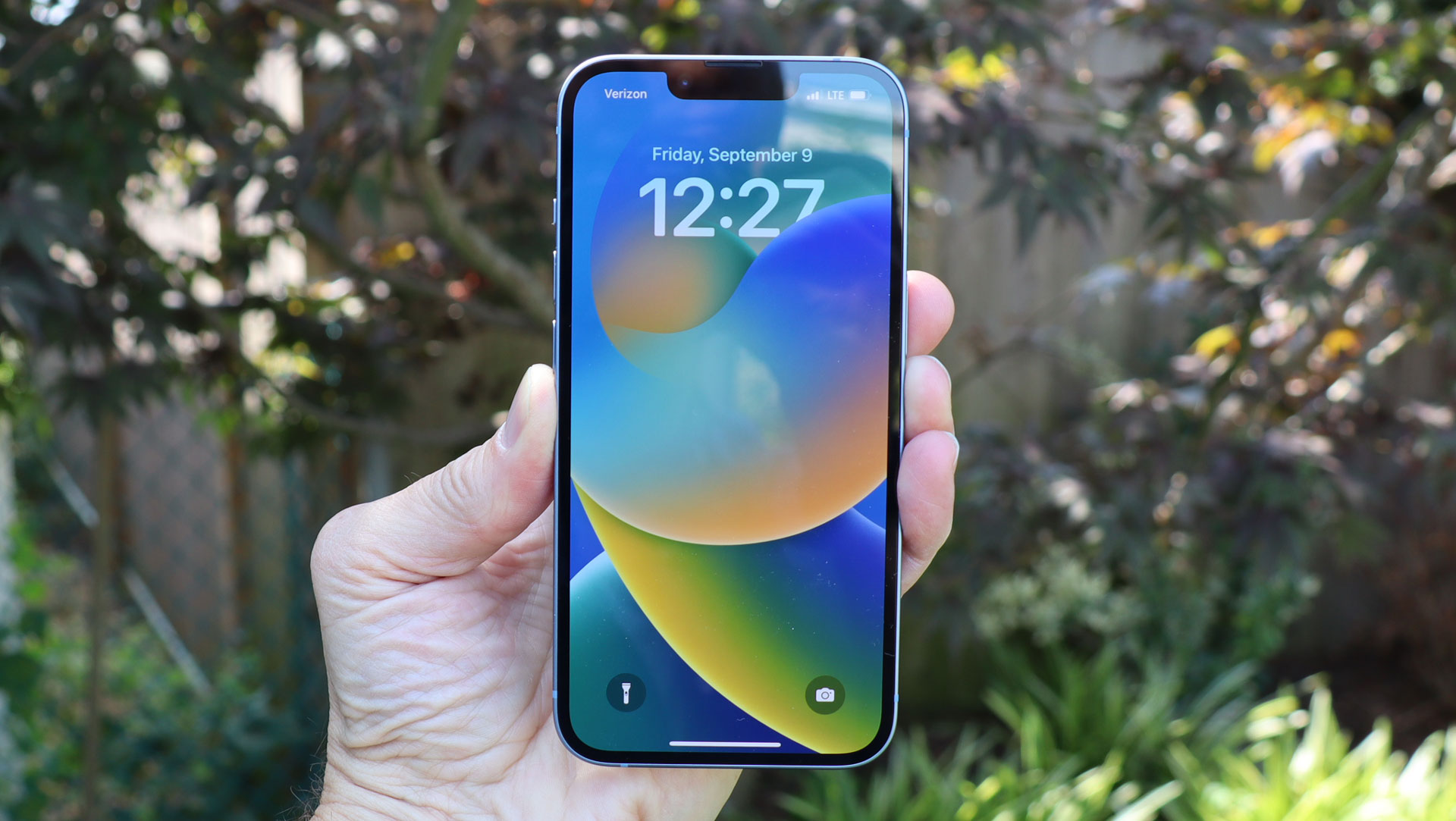
We’ll look in depth at each aspect of these two phones below, but first, here’s how their specs compare at a glance:
iPhone 16 vs iPhone 14: price and availability

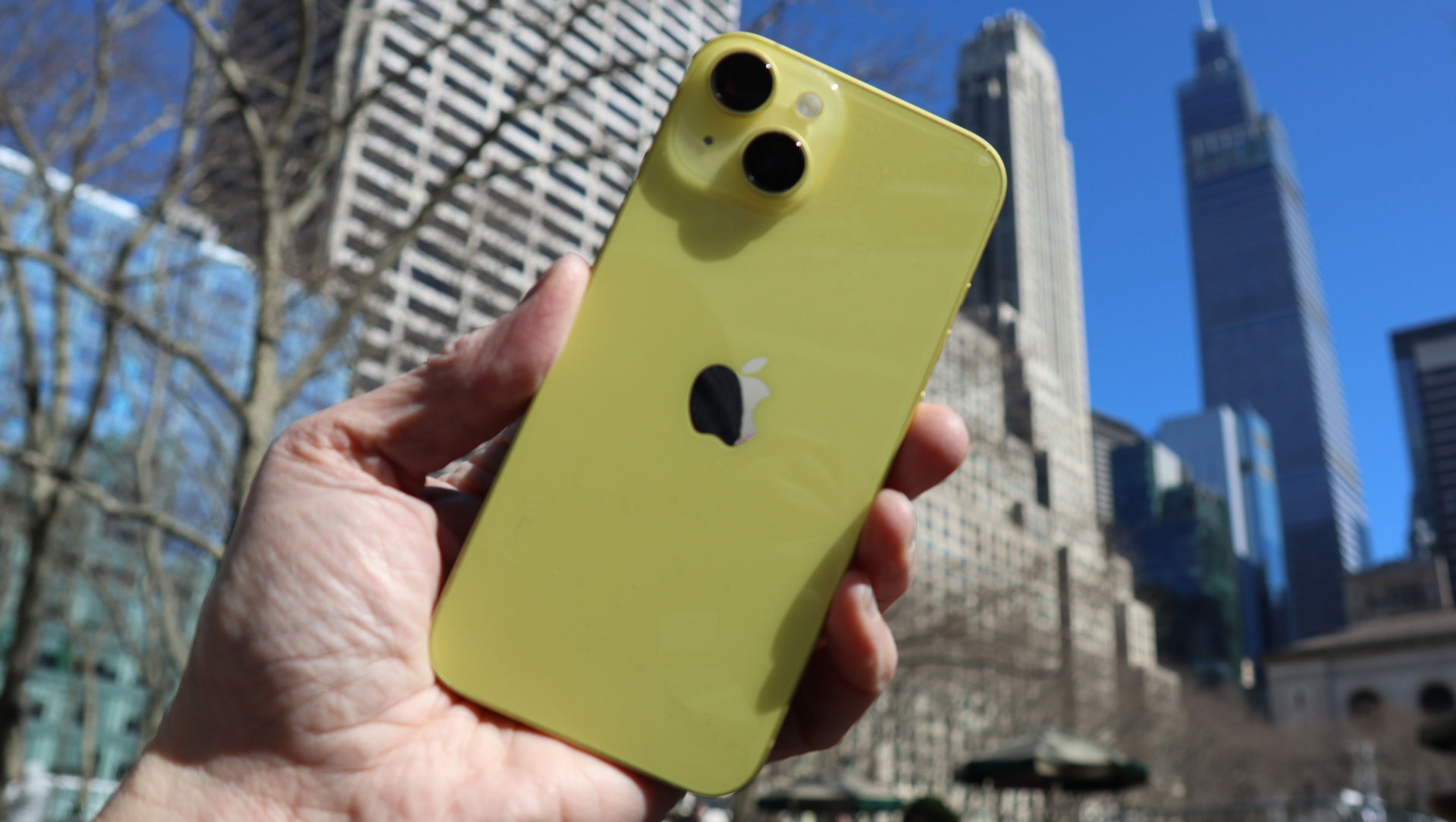
The iPhone 16 launched in September 2024, and the iPhone 14 landed in September 2022. So, there are almost exactly two years between them. Both phones are also widely available, as Apple hasn’t discontinued the iPhone 14 at the time of writing.
As for what they cost, the iPhone 16 price starts at $799 / £799 / AU$1,399, for 128GB of storage, rising to $899 / £899 / AU$1,599 for 256GB and $1,099 / £1,099 / AU$1,949 for 512GB.
At launch, you’d have paid similar money for the iPhone 14, but prices for that have of course now dropped. At the time of writing, Apple sells the iPhone 14 for $599 / £599 / AU$1,049 for a 128GB model, $699 / £699 / AU$1,249 for a 256GB model, and $899 / £899 / AU$1,599 for a 512GB one.
So, the iPhone 16 costs $200 / £200 / AU$350 more at all capacities.
iPhone 16 vs iPhone 14: design and display
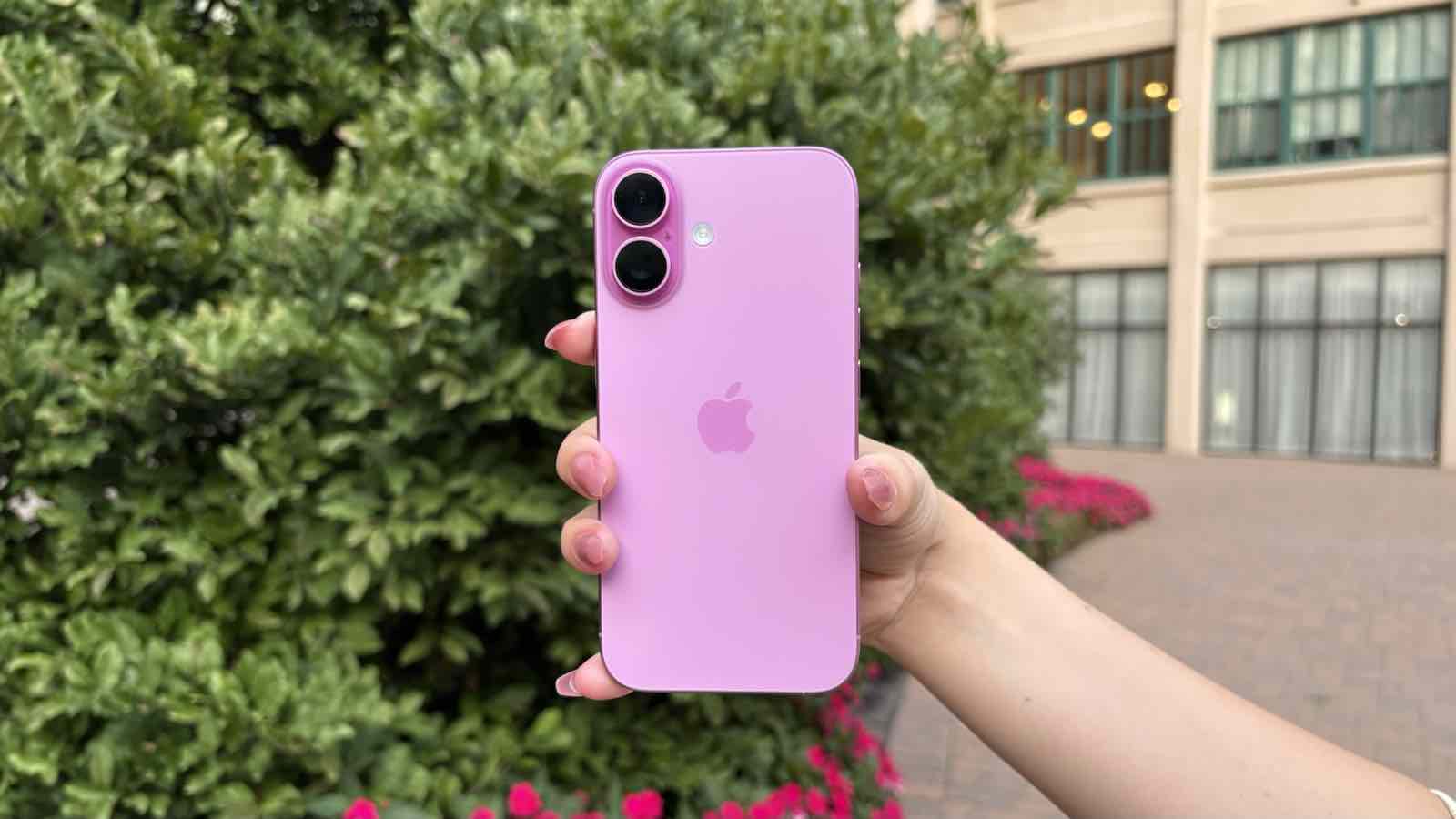
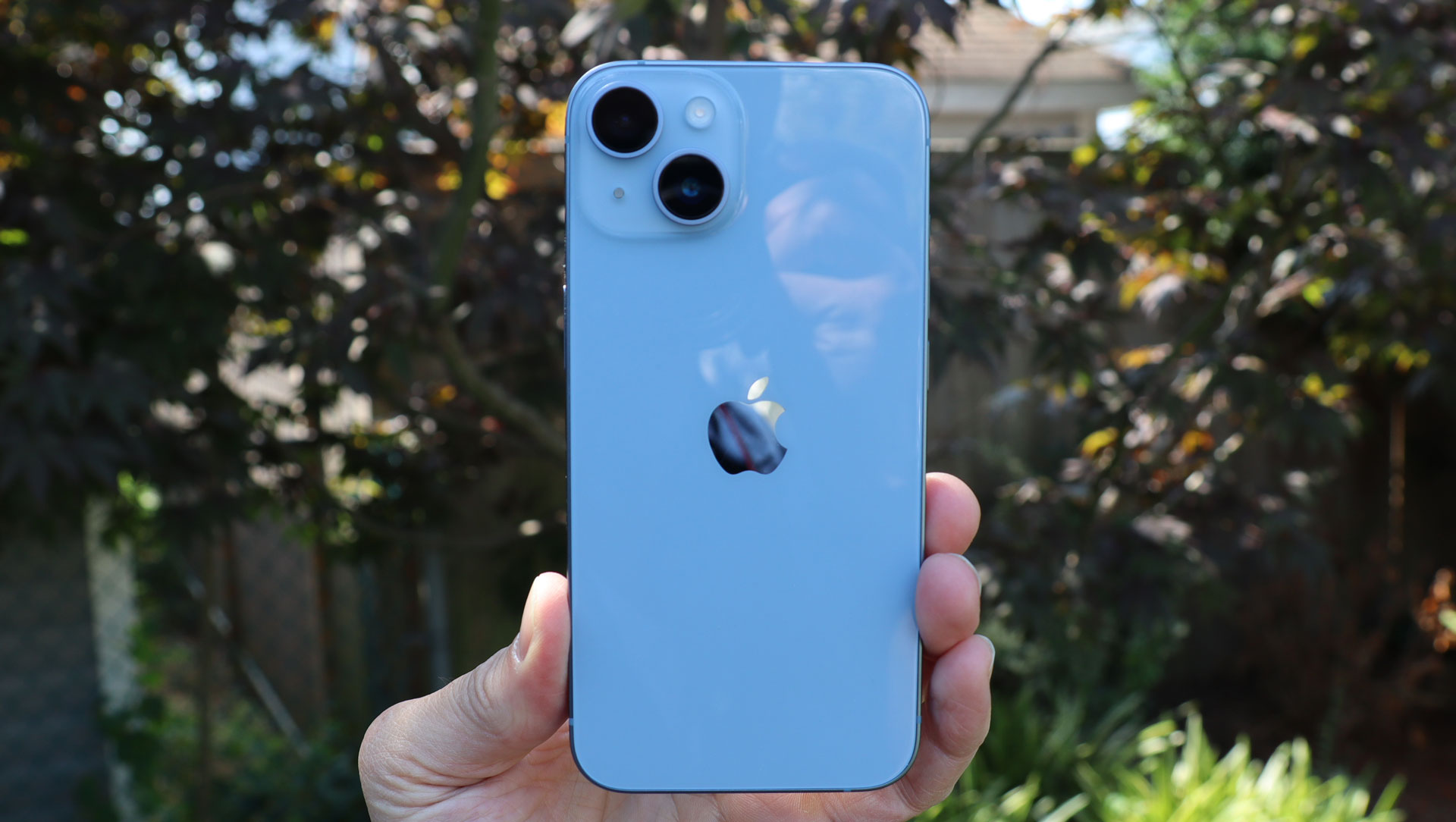
The iPhone 16 and iPhone 14 both have a glass back and an aluminum frame, with similarly curved corners. However, there are notable differences in their designs.
The iPhone 16 has a Dynamic Island on the front for one, while the iPhone 14 instead has a notch, and the iPhone 16’s rear cameras are stacked vertically, while the iPhone 14’s are positioned diagonally. The latter phone also has a larger camera block.
Their colors differ too, with the iPhone 16 colors including Black, White, Pink, Teal, and Ultramarine (blue), whereas the iPhone 14 colors are Midnight (black), Purple, Starlight (white), Blue, Red, and Yellow.
They also have differing weights and dimensions, with the iPhone 16 being 147.6 x 71.6 x 7.8mm and 170g, and the iPhone 14 being 146.7 x 71.5 x 7.8mm and 172g. So, the iPhone 16 is a tiny bit larger but 2g lighter.
Finally, their ports and buttons differ, with the iPhone 16 having an Action button rather than a mute switch, and gaining a Camera Control button, as well as having a USB-C port rather than a Lightning one.
For their screens, the iPhone 16 has a 6.1-inch 1179 x 2556 OLED display with a 60Hz refresh rate, 460 pixels per inch, and a peak brightness of 2,000 nits. The iPhone 14’s screen is similar, being a 6.1-inch 1170 x 2532 OLED display with a 60Hz refresh rate, 460 pixels per inch, and a peak brightness of 1,200 nits. So, the main difference is simply that the iPhone 16’s screen can get a lot brighter.
In our iPhone 14 review, we said the phone had “a high-quality OLED display”, while of the iPhone 16, we said it “offers a vibrant screen that is great for myriad tasks indoors or outdoors” – with that outdoor performance aided by the increased maximum brightness.
iPhone 16 vs iPhone 14: cameras
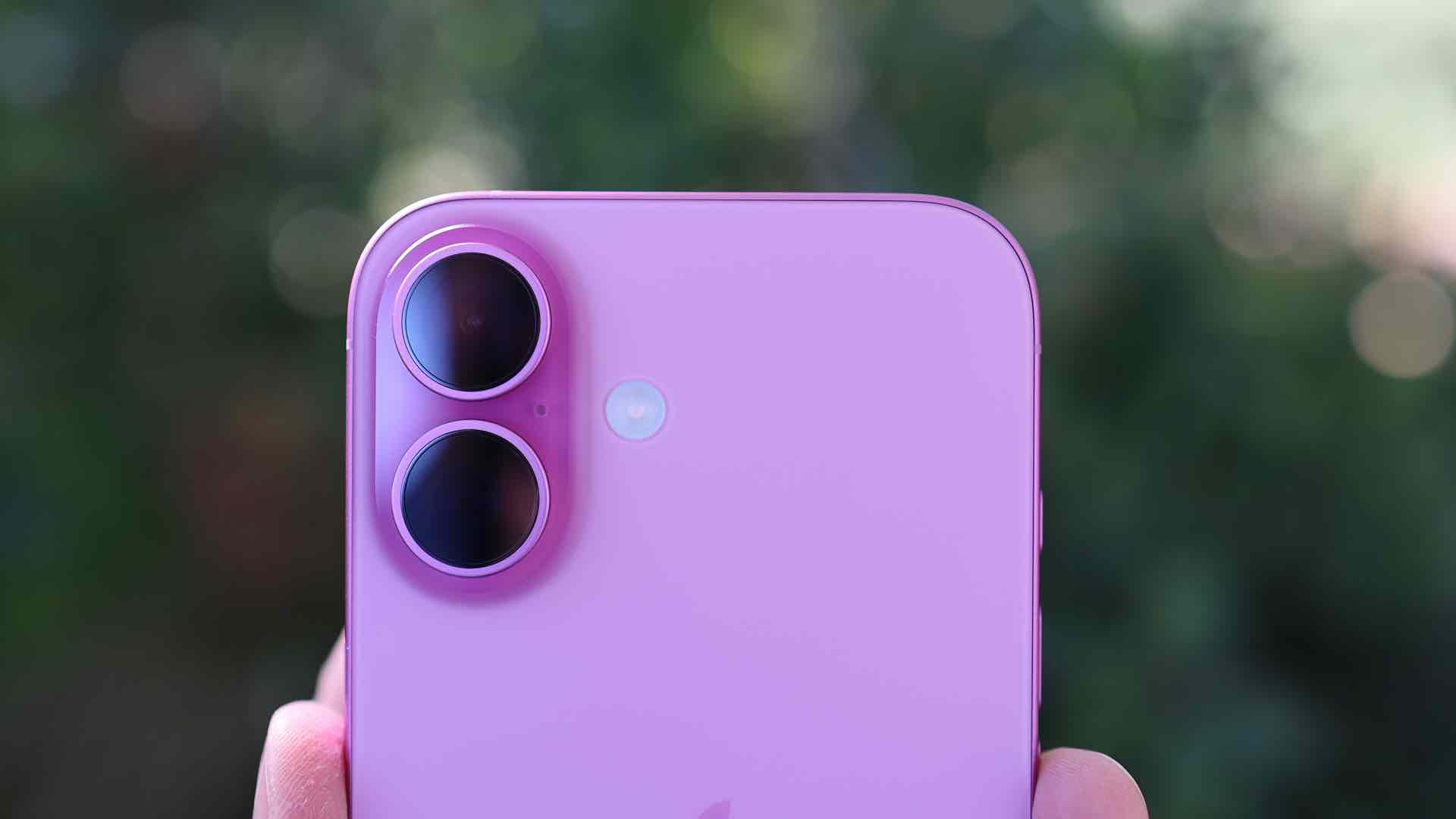
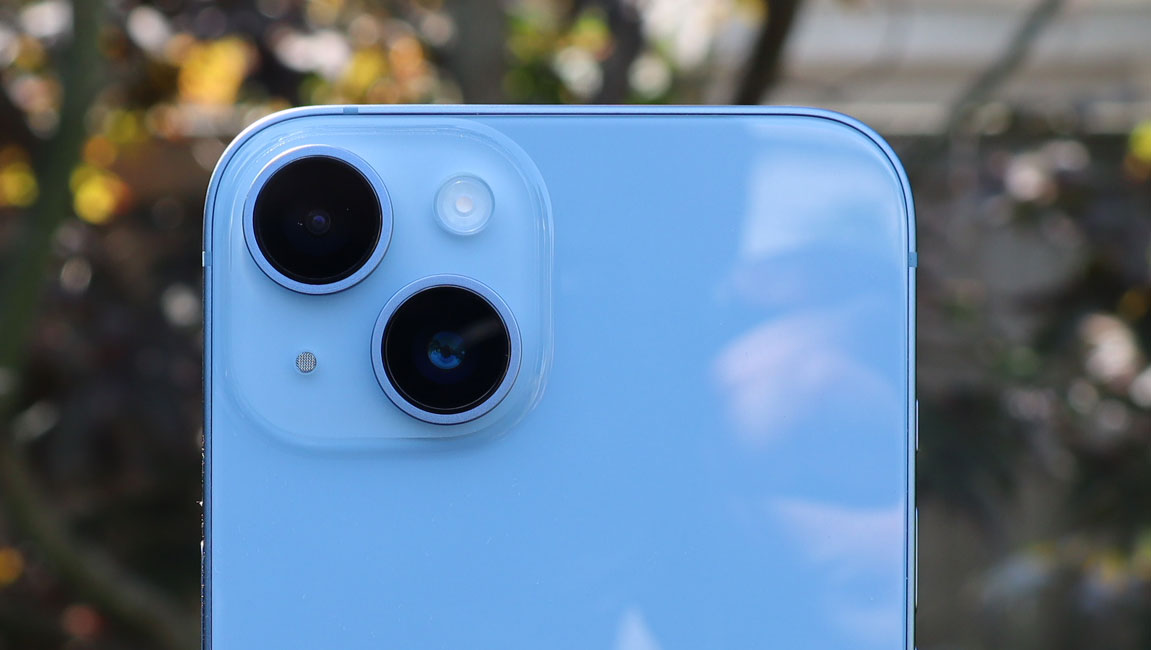
Both the iPhone 16 and the iPhone 14 have a dual-lens camera, but there are differences in the lenses. The iPhone 16 has a 48MP f/1.6 main sensor and a 12MP f/2.2 ultra-wide, offering a 120-degree field of view, as well as a 12MP f/1.9 front-facing camera. For video, it can shoot in up to 4K quality at 60fps.
The iPhone 14 has a 12MP f/1.5 main sensor, a 12MP f/2.4 ultra-wide (with a 120-degree field of view), and a 12MP f/1.9 selfie camera, along with the ability to record video in up to 4K quality at 60fps.
So, looking at the core specs, the main difference is just that the iPhone 16’s primary camera has a lot more megapixels. However, you also get a 2x optical quality zoom from the iPhone 16’s main snapper, which isn’t offered on the iPhone 14, and the iPhone 16 also has a macro mode, which the iPhone 14 lacks.
Plus, of course, you get the Camera Control button on the iPhone 16, which provides a more tactile way to control the camera.
In our iPhone 16 review, we described the phone as having “an excellent main camera and a good ultra-wide”, while of the iPhone 14 we said, “these are good cameras with better sensors and overall low-light performance compared to their predecessors.”
So, both phones are solid for photography, but the iPhone 16 is a clear upgrade.
iPhone 16 camera samples





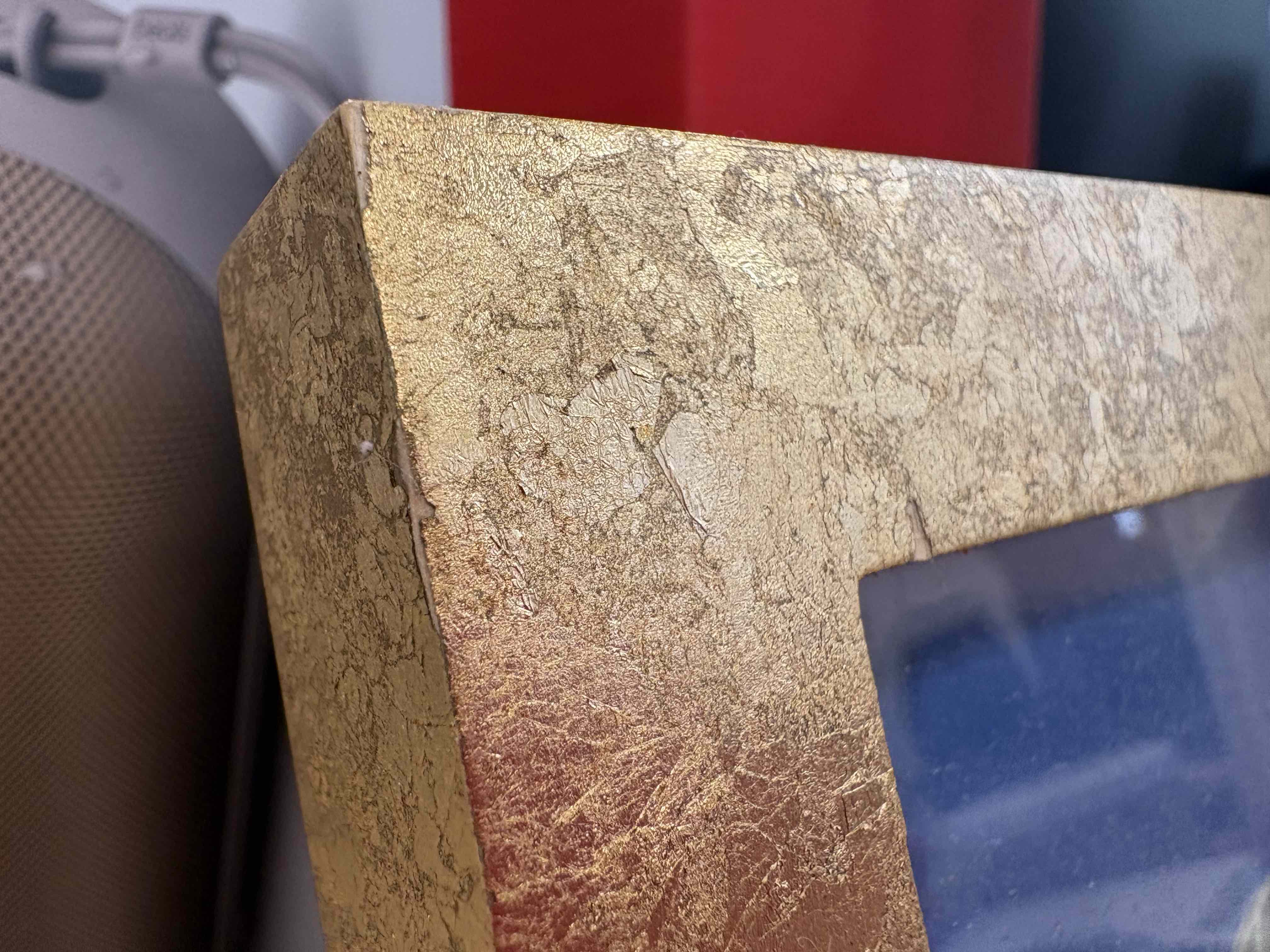









iPhone 14 camera samples


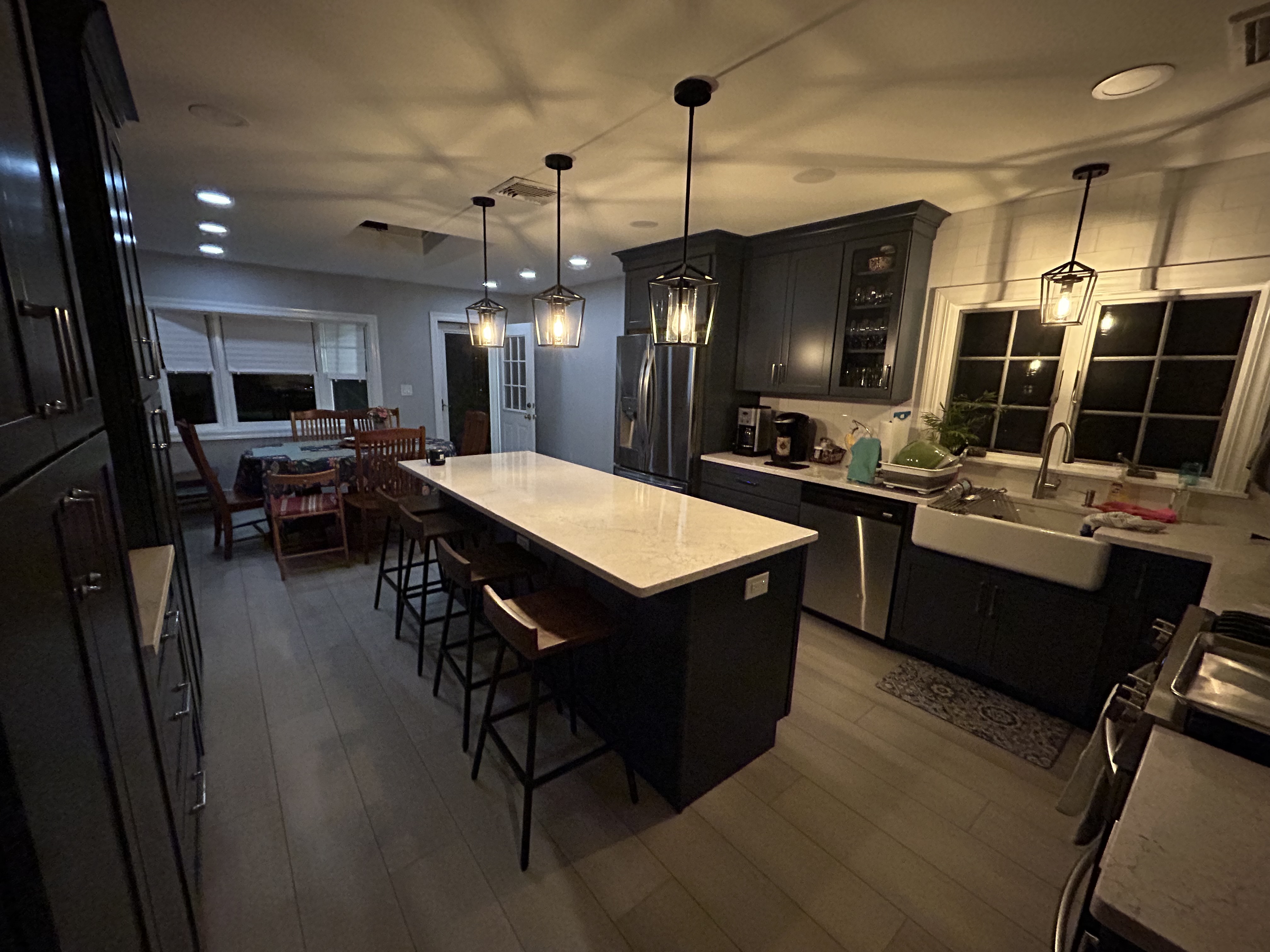
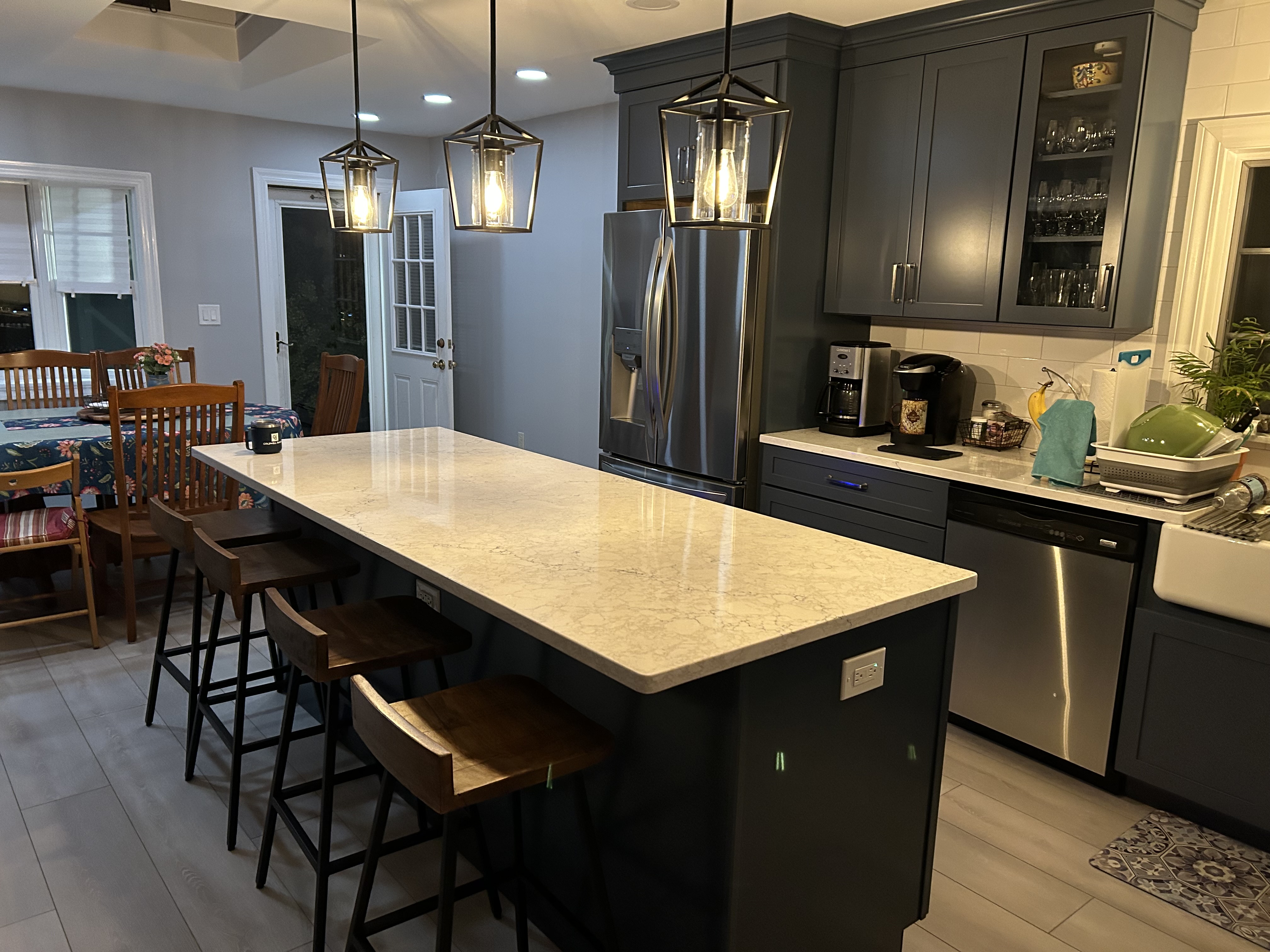







iPhone 16 vs iPhone 14: performance
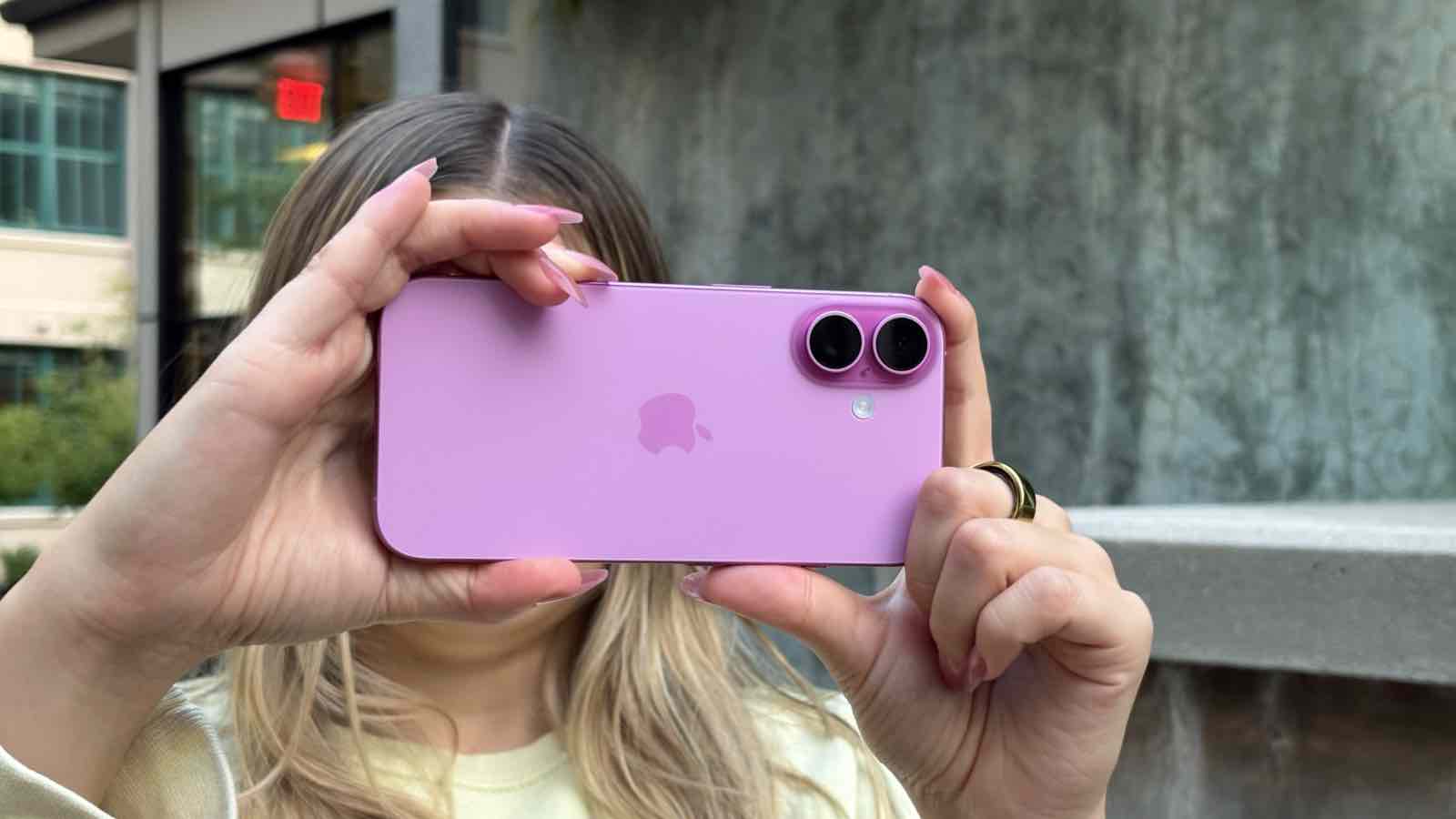
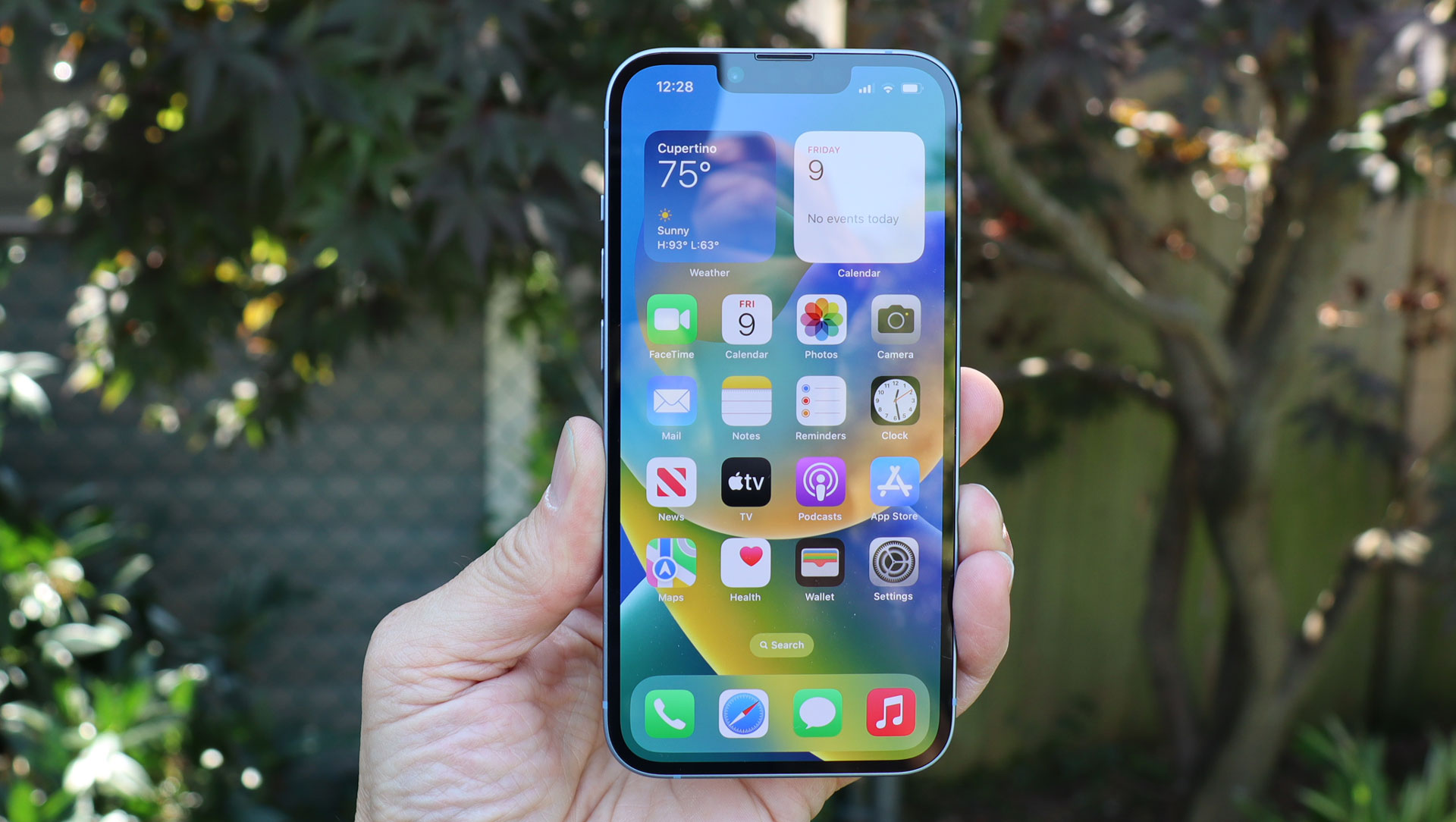
The iPhone 16 is a substantially more powerful phone than the iPhone 14, with Apple stating that its A18 chipset has an up to 50% faster CPU and GPU than the A15 Bionic in the iPhone 14.
You also get more RAM in the new phone, with 8GB rather than 6GB. That’s enough for the iPhone 16 to handle AI tasks through Apple Intelligence, which is something the iPhone 14 doesn’t support.
Still, while our iPhone 16 review notes that the newer phone has “plenty of power, likely for years to come”, our iPhone 14 review was also complimentary, saying that the older phone has “a powerful chip.”
For many users, then, the iPhone 14’s power will be plenty, but if you want to use AI or play high-end games at their best, the iPhone 16 is the phone to buy.
iPhone 16 vs iPhone 14: battery
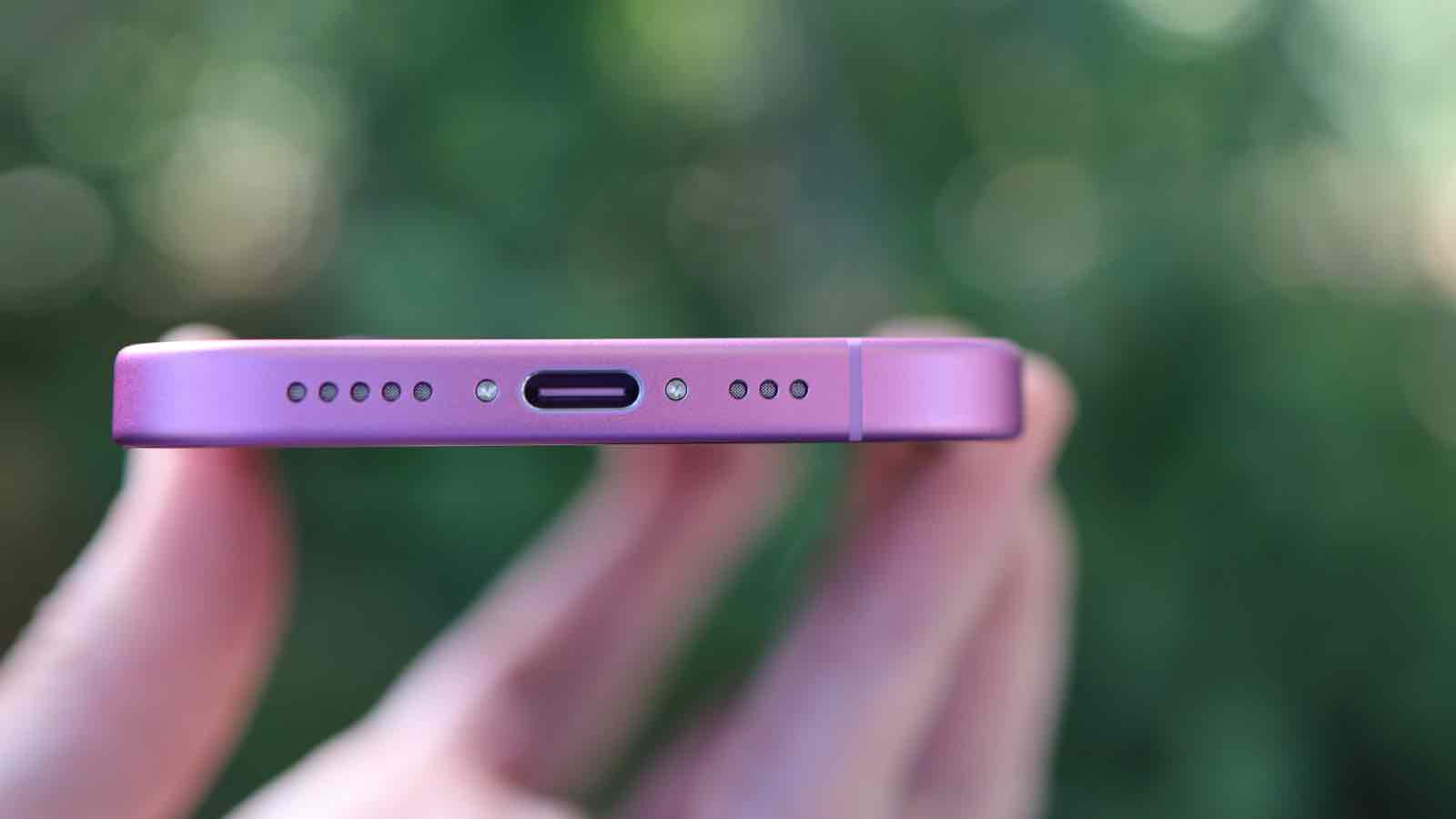
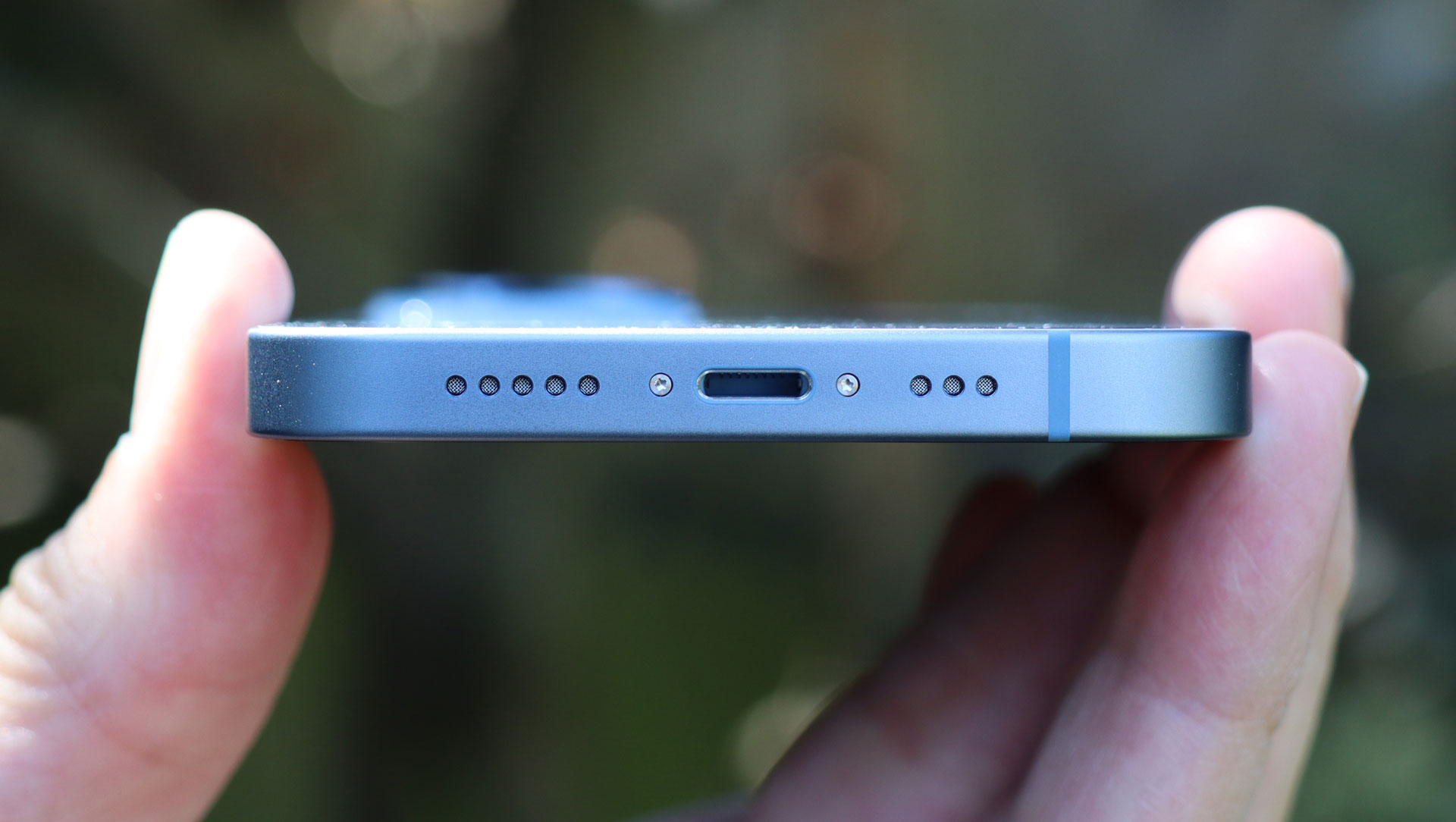
Apple never reveals the battery capacity of its phones, but from teardowns, we know that the iPhone 16 has a 3,561mAh one, while the iPhone 14 has a 3,279mAh one. So, the iPhone 16’s battery is slightly larger, and it’s also longer-lasting, with Apple claiming you can get up to two hours more video playback from the iPhone 16.
Specifically, Apple says you can get up to 22 hours of video playback or up to 80 hours of audio playback from the iPhone 16, while with the iPhone 14, you can expect up to 20 hours of video playback or up to 80 hours of audio playback.
Officially, both phones support the same wired charging speeds as each other, with Apple saying you can get up to a 50% charge in 30 minutes with a 20W adapter or higher, though tests suggest the iPhone 16 actually charges marginally faster.
And it certainly charges faster than the iPhone 14 when you ditch the wires, offering up to 25W MagSafe charging, while the iPhone 14 can only manage 15W.
What's more, when you are using wires, you’ll plug the iPhone 16 in via a USB-C port, while for the iPhone 14, you’ll need a Lightning cable.
iPhone 16 vs iPhone 14: verdict

The iPhone 16 is a far more powerful phone than the iPhone 14. It also has more megapixels in its main camera, additional macro and 2x zoom modes, a Dynamic Island rather than a notch, a brighter screen, more RAM, AI support, and better battery life. It also charges via USB-C rather than Lightning. Oh, and there are extra buttons in the form of the Action button and the Camera Control button.
So, the iPhone 16 represents an upgrade over the iPhone 14 in numerous areas, though arguably none of these upgrades are must-haves, and the newer phone also costs a fair bit more than the older model.
If you already have an iPhone 14, then it’s likely worth upgrading to the iPhone 16, especially if you care about AI. But if you want your new phone to feel like a massive leap forward, then we’d recommend either waiting another year or opting for a Pro model instead.
If you don’t own either, there’s still an argument to be made for buying an iPhone 14 if you want more of a mid-range handset. It’s still powerful, and Apple typically supports its phones for a long time. That said, there's no denying that the iPhone 14's screen, chipset, and cameras all trail behind the iPhone 16’s equivalent features.
You might also like
- iPhone 16 Pro Max vs iPhone 15 Pro Max: clash of the titans
- iPhone 16 vs Google Pixel 9: battle of the standard flagships
- iPhone 16 Plus review: the best big-screen affordable iPhone yet







